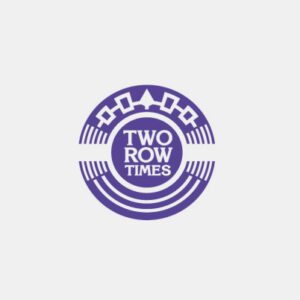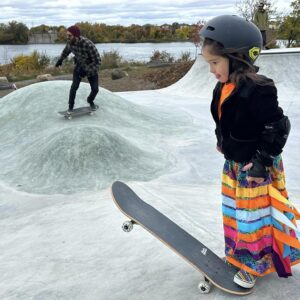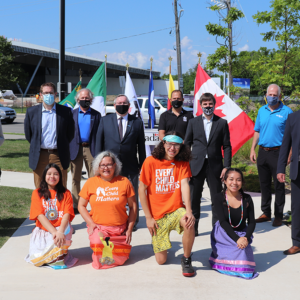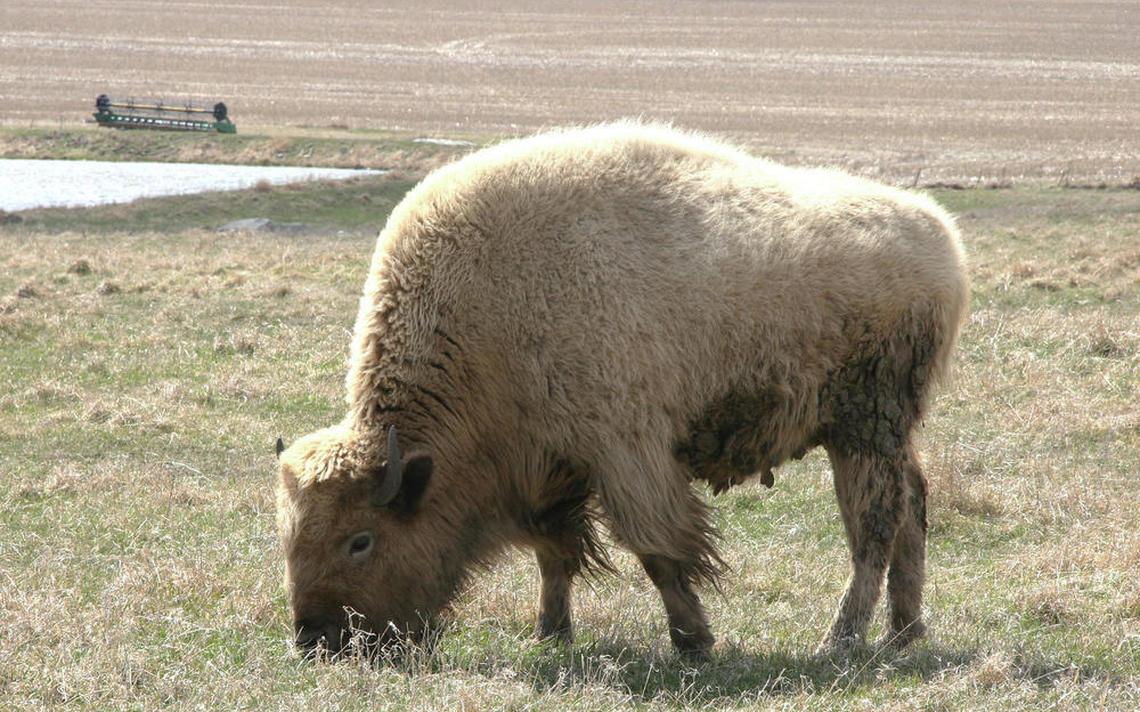Villages Equity Corporation (VEC), an economic development organization founded by the Ontario Federation of Indigenous Friendship Centres (OFIFC), signed a license agreement on Tuesday, April 29, with the Toronto 2015 Pan Am & Parapan American Games.
“The license gives us the right to utilize the Pan Am and Parapan Am logos and any language related to the Toronto 2015 Games for the production of moccasins and dreamcatchers,” said Chester Langille, OFIFC’s capacity support director.
The Pan Am Games will happen July 10 – 26, 2015 while the Parapan Am Games occur August 7 – 15, 2015. The Games will take place at multiple venues in Toronto and throughout the Golden Horseshoe area.
Langille, 47, originally from Garden River First Nation near Sault Ste. Marie, sits on the Aboriginal Leadership Partners for the Games.
Langille is also managing director of VEC, a company owned by OFIFC and its 27 member friendship centres.
Eight confirmed labour pools around the province including four in the Games footprint, Toronto Council Fire Native Cultural Centre, Native Canadian Centre of Toronto, Hamilton Regional Indian Centre, and Six Nations of the Grand River will produce the moccasins and dreamcatchers.
A goal of 10,000 pairs of moccasins and 10,000 dreamcatchers has been set for the Games, just one year away.
Langille deals with suppliers that have access to Indigenous artists like friendship centres or Indigenous-owned and operated gift shops or art galleries.
The moccasins’ design will have a beaded toe piece with the Pan Am logo on one and the Parapan Am logo on the other. The dreamcatchers will show the words Pan Am Games beaded around the ring each in the different colours of the 41 Game nations.
Langille estimates it will take a budget of $1.2 million upfront to produce the moccasins and dreamcatchers. The costs will cover payment for a trainer that travels to each site; for the materials: hides, furs, beads, linings, and sinew; and for the piecework labour.
“We want them to be able to earn a good wage from their work,” said Langille about fair prices for the artisans.
Langille projects the work will require about 100 to 120 artisans for the moccasins and about 20 for the dreamcatchers.
Two types of moccasins are scheduled for production. One’s toe piece will have a white background beaded in the shape of an eagle feather. The fully beaded toe piece moccasin will be more expensive as it’s more work. A pair for adults will cost around $250.
The other moccasin type will have just the logo beaded and will be priced around $175 for adults.
Both moccasin types will be produced in a variety of sizes: infants to adults, male and female. Some will have fur and some will have fringe.
Langille has purchased many of the moccasin hides already: deer, moose, buffalo, and elk in order to have a variety of colours: black, tan, cork, brown, and white. (White is made by dyeing or painting hides.)
Langille hopes for the initiative to become permanent. “After the Pan Am Games are done, we don’t want the labour pools to be disbanded. We’re trying to create permanent employment opportunities where people are able to generate revenue from their work,” said Langille.
Before and after the Games, Langille will promote another VEC initiative. The website, www.kitigan.com, will promote the ability to reproduce corporate logos in large quantities on fine quality handmade Indigenous products.
“The Pan Am initiative is intended to act as a springboard to create permanent labour pools for the production of handmade Indigenous products through Kitigan,” said Langille.
Another initiative supporting artists is through the offering of art packages to hotels, government offices or corporations that may not have considered Indigenous art for display.
“We want to provide Indigenous art on a wider scale where they’d be able to order corporate packages, whether it’s for sale or for lease,” said Langille about one of Kitigan’s offers.
The artists get paid for the original artwork that Langille buys from them plus 50% of the profits generated from any sales or leases when the artists negotiate a copyright license to reproduce their work as a giclee print.
Kitigan was launched in June 2013 as an e-commerce initiative under VEC to support Indigenous artists, businesses, and friendship centres. Kitigan means “garden” in Ojibway.
There are about 50 artists at www.kitigan.com to purchase from. Buyers can purchase their work from the Kitigan website or contact the artists directly to commission them. Artist bios, artwork, and contact information are accessible from the website.







